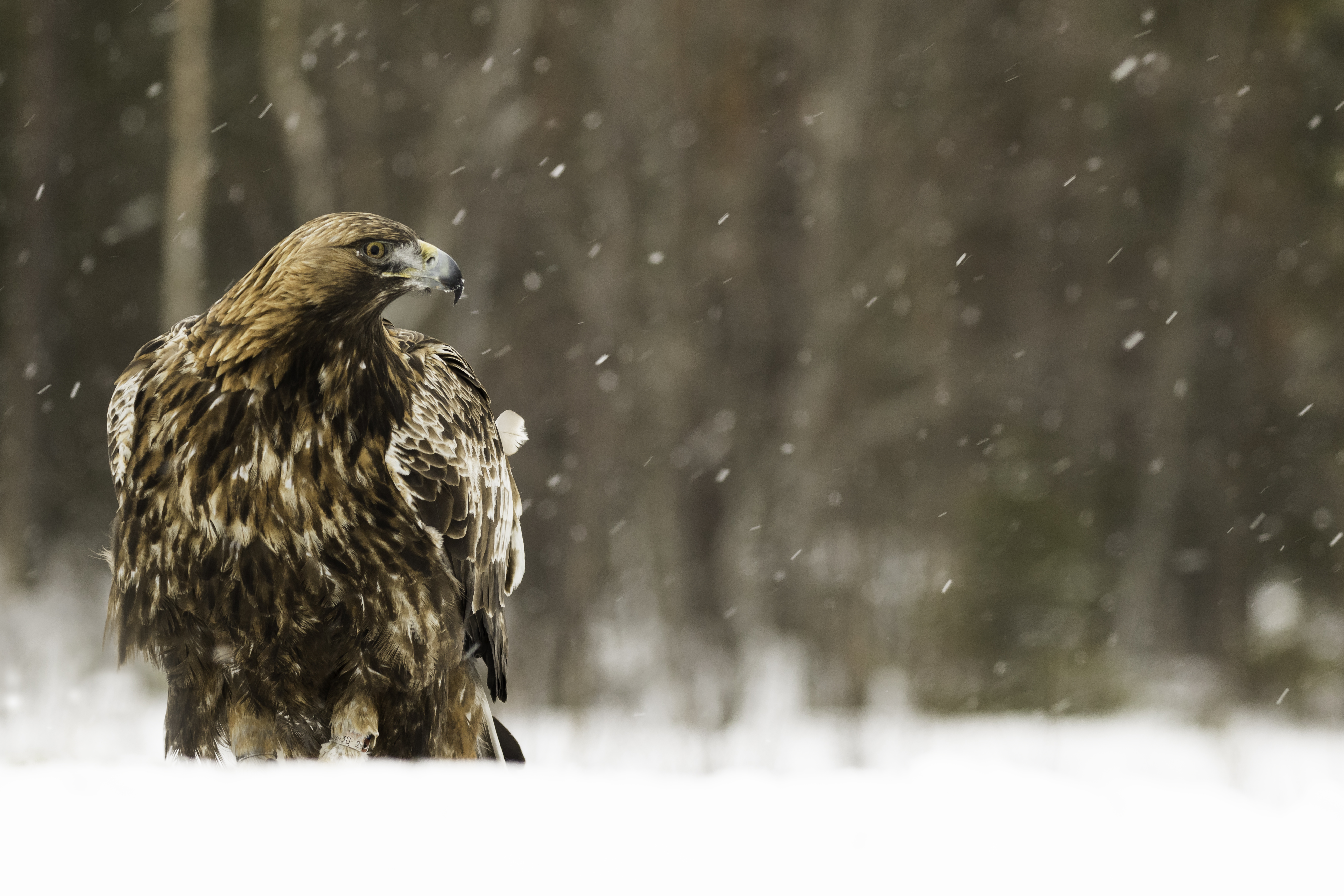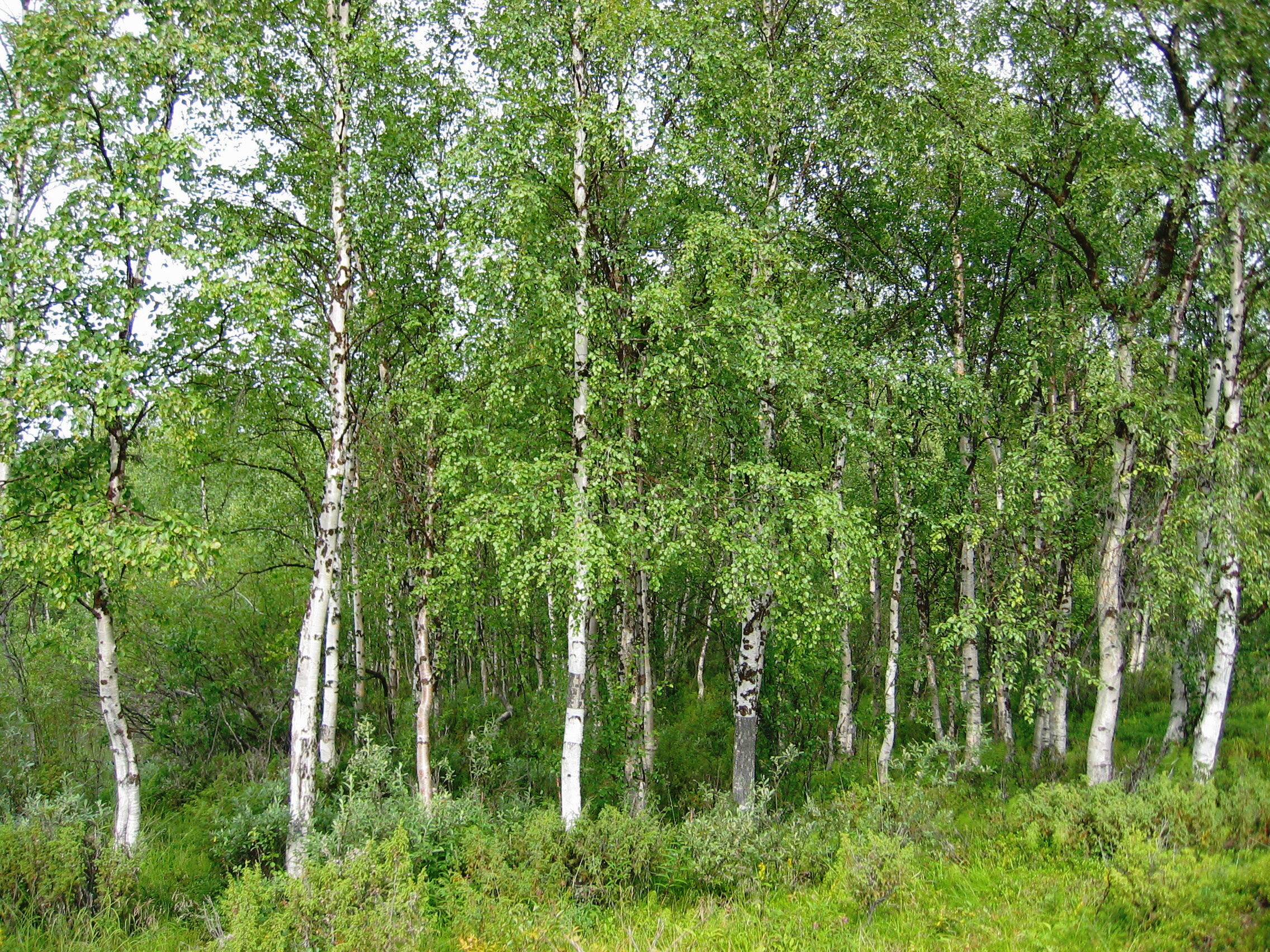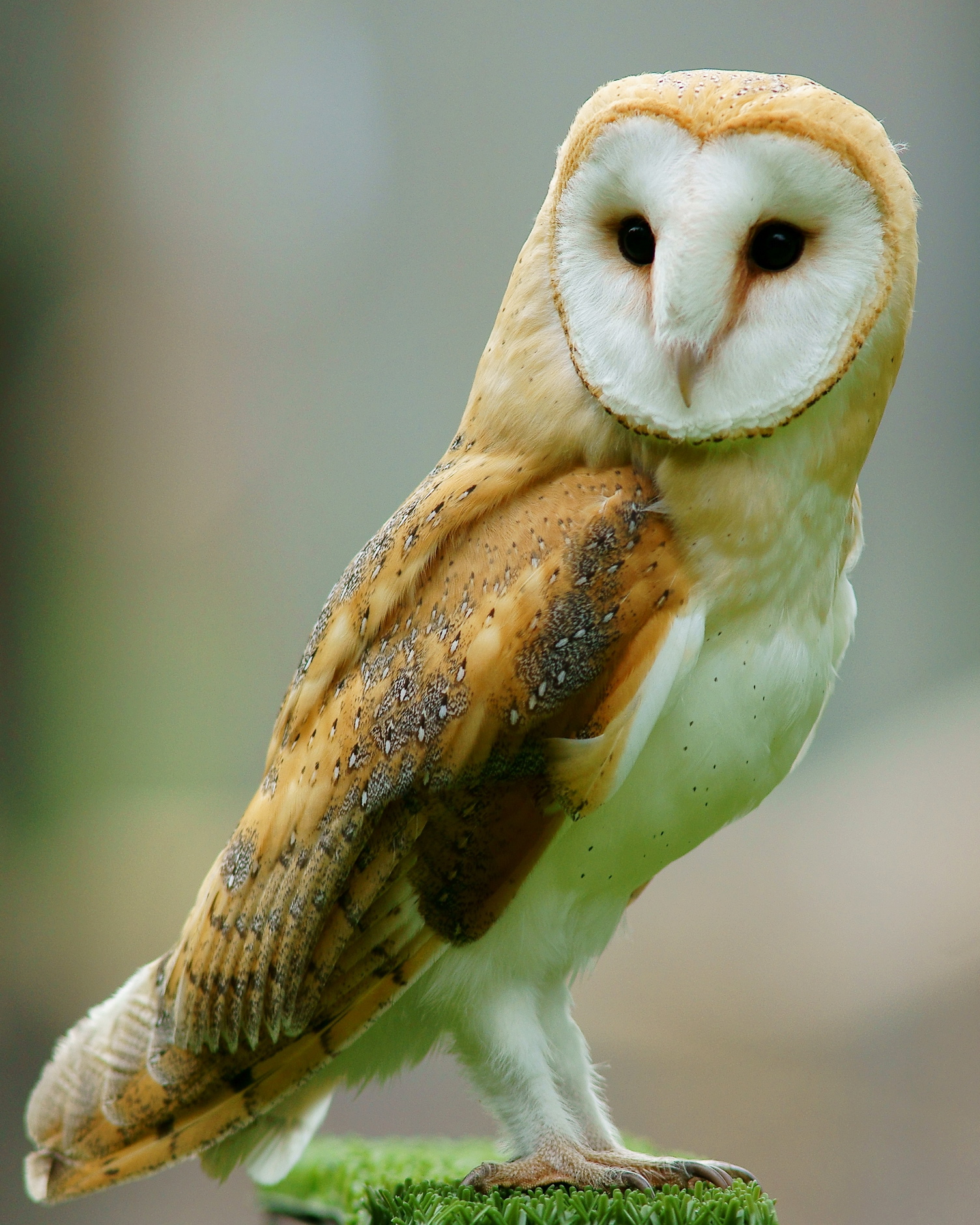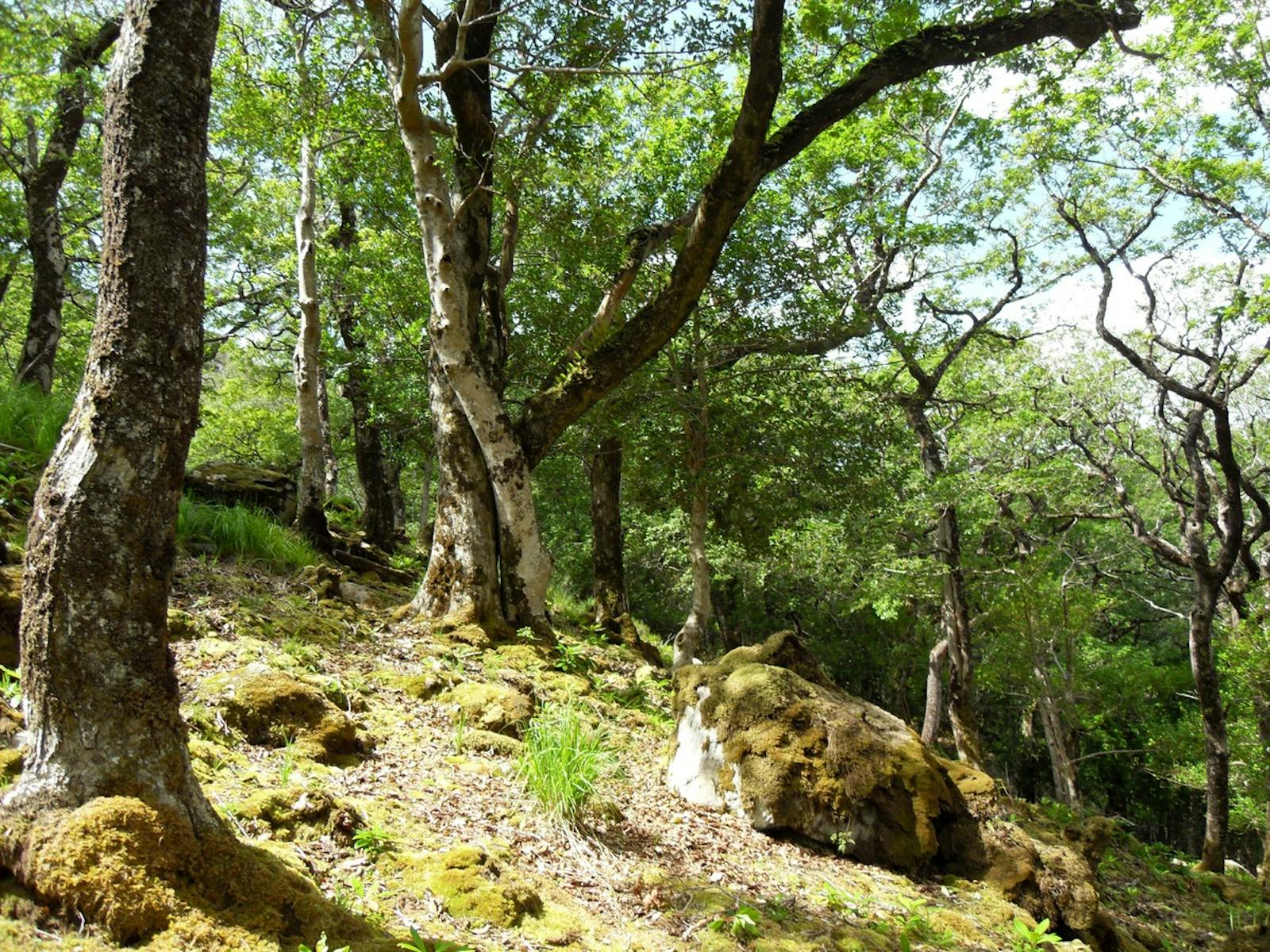North Atlantic Moist Mixed Forests
The ecoregion’s land area is provided in units of 1,000 hectares. The conservation target is the Global Safety Net (GSN1) area for the given ecoregion. The protection level indicates the percentage of the GSN goal that is currently protected on a scale of 0-10. N/A means data is not available at this time.
Bioregion: Great Britain, Ireland & Faroe Islands (PA9)
Realm: Western Eurasia
Ecoregion Size (1000 ha):
3,860
Ecoregion ID:
672
Conservation Target:
37%
Protection Level:
9
States: United Kingdom, Ireland
Vertiginous island sea cliffs, heathered mountainsides, and saturated landscapes of blanket bog make the North Atlantic Moist Mixed Forests ecoregion a haven to a multitude of birds. The largest breeding colony of gannets in the world is found here, alongside puffin burrows and rarely seen Leach’s storm petrel. Fragments of temperate rainforest cling to the western edges: oaks swathed with lichens and mosses. Large herds of red deer inhabit the ecoregion. Wildcats stalk woodland edges, otters occupy waterways, golden eagles and white-tailed sea eagles patrol the skies.

The flagship species of the North Atlantic Moist Mixed Forests ecoregion is the golden eagle. Image credit: Creative Commons
This ecoregion is restricted to areas in the southwest and west Ireland, the western side of Scotland, including the Outer Hebrides, the far north of Scotland, and the Northern Isles (Orkney and Shetland). It is mainly composed of metamorphic rocks with patches of intrusive igneous rock. Large areas are hilly and mountainous; the highest altitude is 1,024 m. The climate is warm-temperate with a strong oceanic influence. Average temperatures are 3–15°C; winter temperatures can drop to zero, particularly on higher ground. Annual rainfall is relatively high at 1,000–1,500 mm and even higher in localized microclimates.

Atlantic puffin. Image credit: Creative Commons
The ecoregion is particularly important for its blanket bogs, including globally rare peatlands such as Caithness and Sutherland, dominated by cross-leaved heath, Sphagnum spp., deergrass, and hare’s tail cotton grass; and Cloghernagore Bog, with its purple moor-grass, heather, black bog-rush, deer grass, common cotton grass, and bog-myrtle.
Only a tiny amount of semi-natural woodland still exists, mainly in Scotland, consisting of upland birch woods, wet woodland, native Scots pine woods, and upland oak woods (Atlantic forest with the characteristic richness of mosses, lichens, liverworts, and ferns). Irish pouncewort, endemic to far-western Ireland and the Azores, is found on deeply shaded rocks and boulders near water.

Silver birch. Image credit: Creative Commons
Islands in the far north of the ecoregion host the vulnerable hooded seal. Important populations of Eurasian otters use the abundant water, wildcats stalk the woodland edges and there are many red deer. Smaller mammals include the European water vole and the St Kilda field mouse, an endemic subspecies of woodmouse found on one small island. With nearly one million seabirds at the height of the breeding season, the UNESCO World Heritage Site islands of St Kilda are unique.
Globally important populations breeding on the cliffs and slopes include the northern gannet, Atlantic puffin, northern fulmar, razorbill, Manx shearwater, and Leach’s storm petrel. Arctic, red-throated and common loons are found in the water, while golden eagles and re-introduced white-tailed sea eagles patrol the skies. Bogs, forest plantations, and moorland host hen harriers and short-eared owls. The copious lochs, lakes, and waterways support important populations of Arctic char, Atlantic salmon, and the endangered freshwater pearl mussel and European eel.

Barn owl. Image credit: Peter Trimming, Creative Commons
Historically, the ecoregion had extensive forests and naturally formed regions of blanket bog, but the majority has long since been converted to agriculture and forest plantations of Sitka Spruce and Lodgepole Pine. What remains is the subject of management, restoration, and expansion. The natural expansion of upland birch woodland is occurring in areas where grazing pressure has been reduced due to the cessation of farming activities.

A single Atlantic Puffin perches on the edge of a rock in soft overcast light on Machias Seal Island. Image credit: Courtesy of Ray Hennessy
St Kilda and its wildlife are at risk from invasive species, unsustainable tourism and fishing practices, and coastal erosion. Elsewhere, invasive species, agricultural intensification, and overgrazing by wild deer populations and sheep are serious issues, reducing species richness, preventing natural regeneration of semi-natural woodlands, and damaging upland heather communities. The Scottish wildcat population is on the verge of extinction due to hybridization with domestic cats.
The priority conservation actions for the next decade will be to 1) ensure political changes associated with leaving the European Union do not impact current commitments to protected areas, soil, water, and sustainable farming practice; 2) prevent overfishing in waters used by breeding seabird populations; and 3) prevent overgrazing of scarce habitats, particularly in the Irish part of the ecoregion.
Citations
- Scottish Natural Heritage. 2005. The Peatlands of Caithness & Sutherland: management strategy 2005-2015. [Online]. [Accessed 14 August 2019]. Available from: https://www.nature.scot/sites/default/files/2017-07/Publication%202005%20-%20The%20Peatlands%20of%20Caithness%20and%20Sutherland%20-%20Management%20Strategy%202005%20-%202015.pdf
- Perrin, P.M. and Daly, O.H. 2010. A provisional inventory of ancient and long‐established woodland in Ireland. Irish Wildlife Manuals, No. 46. National Parks and Wildlife Service, Department of the Environment, Heritage and Local Government, Dublin, Ireland. [Online]. [Accessed 13 August 2019]. Available from: https://www.npws.ie/sites/default/files/publications/pdf/IWM46.pdf
- Joint Research Centre of the European Commission. 2019. The Digital Observatory for Protected Areas (DOPA) Explorer 3.1: North Atlantic moist mixed forests. [Online]. [Accessed 14 August 2019]. Available from: https://dopa-explorer.jrc.ec.europa.eu/ecoregion/80429

.png?auto=compress%2Cformat&w=300)

